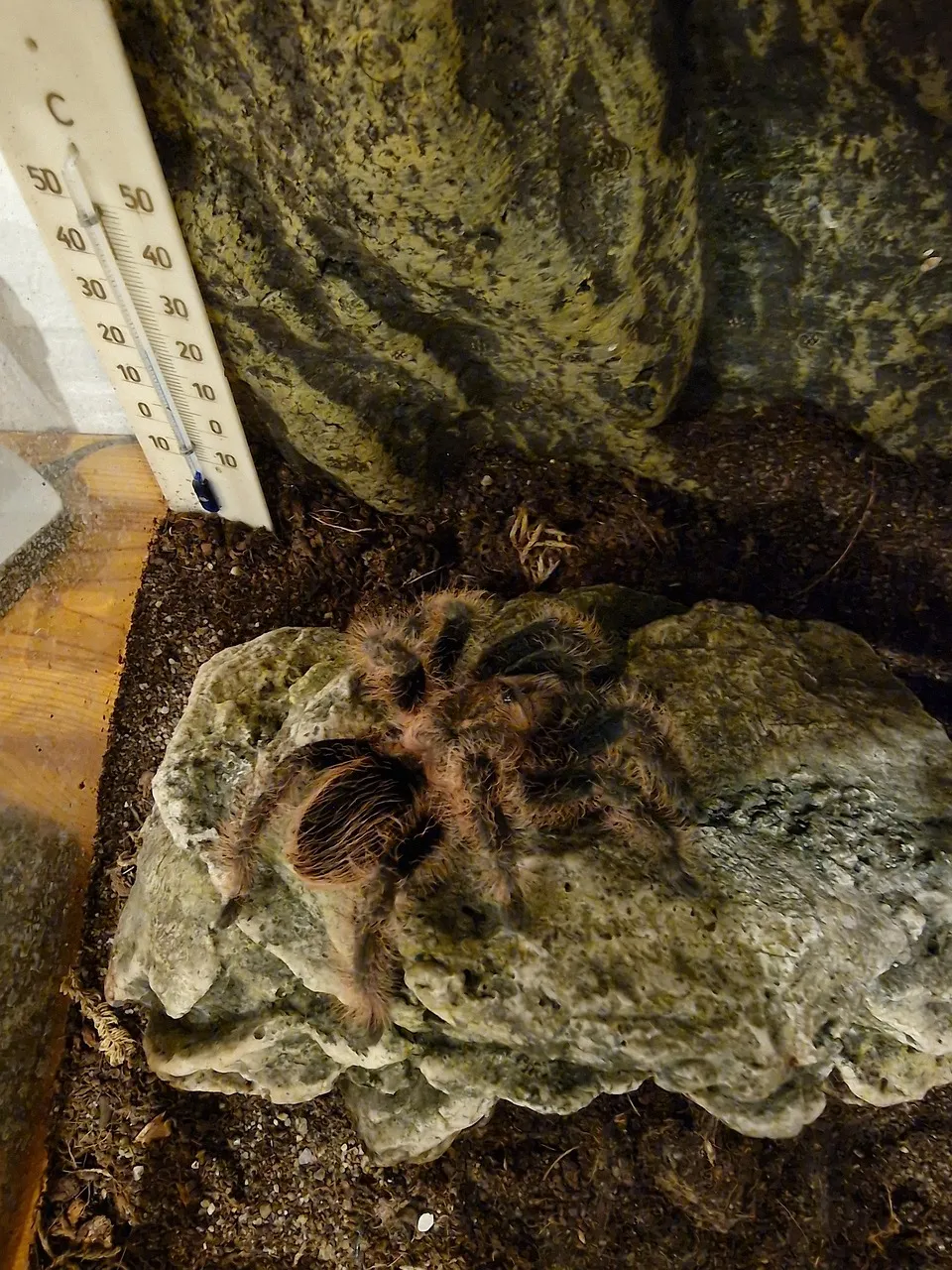Tarantula Spider Guide Top 5 Tips!
Owning a tarantula spider can be an incredibly rewarding experience. These fascinating creatures are relatively low-maintenance pets, but they do require specific care to thrive. This guide provides the top 5 essential tips to ensure your tarantula lives a long, healthy, and fulfilling life. From choosing the right species to understanding their behavior, this information will help you become a responsible and knowledgeable tarantula owner. Whether you’re a beginner or have some experience, these tips will enhance your tarantula care skills and deepen your appreciation for these amazing arachnids. The world of tarantulas is diverse, and with the right knowledge, you can enjoy a unique and captivating pet.
Choose the Right Tarantula Spider
Selecting the right tarantula spider is the first and arguably most crucial step in tarantula ownership. Different species have vastly different temperaments, care requirements, and sizes. Researching various species will help you determine which one best suits your experience level and lifestyle. Consider factors like the spider’s size, lifespan, and venom potency. Some beginner-friendly species include the Chilean Rose Hair tarantula, known for its docile nature, and the Mexican Red Knee, which is also relatively easy to care for. Avoid species with aggressive tendencies if you are new to the hobby. Understanding these factors will allow you to make an informed decision, paving the way for a positive and safe tarantula-keeping experience. Before purchasing, make sure to check local regulations regarding tarantula ownership.
Research Spider Species
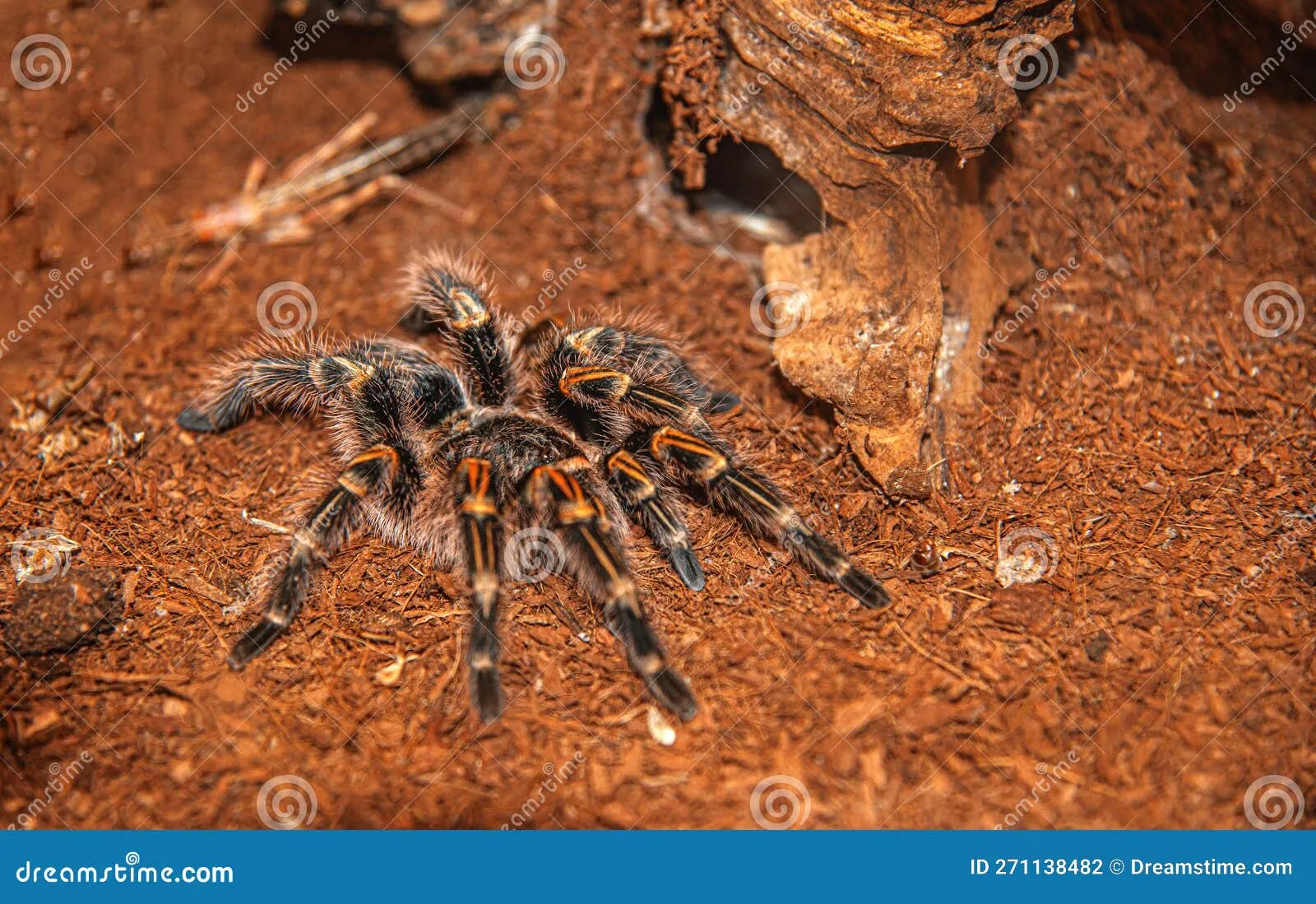
Before bringing a tarantula home, thorough research is crucial. Learn about the specific needs of the species you’re considering. This includes their natural habitat, diet, and environmental preferences. Online resources, books, and experienced tarantula keepers can provide valuable insights. Understand their temperament; some species are more defensive than others. Investigate their venom potency, though most tarantulas aren’t considered dangerous to humans, some bites can be painful. Familiarize yourself with common tarantula behaviors like molting and premolt signs. This research will help you create the perfect environment for your tarantula to thrive and will equip you to handle any challenges that may arise, ensuring a rewarding pet ownership experience.
Consider Your Lifestyle
Your lifestyle significantly impacts your ability to care for a tarantula properly. Consider your living situation and whether you have the space for a suitable enclosure. Tarantulas require consistent temperature and humidity levels, so ensure you can provide this, especially if you live in a region with extreme weather. Think about your travel habits. Tarantulas need regular feeding and care, so you’ll need to arrange for someone to look after your pet if you are away. Finally, assess your commitment to long-term care. Many tarantulas can live for over a decade, requiring consistent attention and dedication. A realistic assessment of your lifestyle will ensure that your tarantula thrives and that you find the experience enjoyable, rather than overwhelming.
Set Up the Perfect Habitat
Creating the right habitat is essential for your tarantula’s health and well-being. A well-designed enclosure replicates their natural environment, providing security and promoting their natural behaviors. This includes selecting the proper enclosure size and type, choosing the right substrate, and maintaining the correct temperature and humidity levels. A poorly set-up habitat can lead to stress, health issues, and even premature death. Providing hiding places, like cork bark or artificial plants, also helps to make your tarantula feel secure. By following these guidelines, you can create an environment where your tarantula will feel safe and comfortable.
Enclosure Size and Type

The size and type of enclosure depend on the tarantula species and its size. Generally, the enclosure should be at least twice as wide as the tarantula’s leg span. A secure lid is crucial to prevent escapes. Glass or clear plastic enclosures are ideal, allowing you to observe your pet easily. Ensure good ventilation, but avoid large openings that could compromise humidity levels. For arboreal species (those that live in trees), choose a taller enclosure. Terrestrial species (ground-dwelling) prefer wider enclosures. Always prioritize security, and select a sturdy enclosure that can withstand your tarantula’s digging or burrowing habits. Choosing the right size and type of enclosure is essential for their comfort, safety, and overall well-being.
Substrate Selection
The substrate is the bedding material in your tarantula’s enclosure. The right choice is essential for maintaining humidity, providing a natural environment, and allowing your tarantula to burrow if it’s a terrestrial species. Suitable substrates include peat moss, coconut fiber, and a mixture of these materials. Avoid using substrates that can be toxic or harbor mites. The substrate should be deep enough for burrowing species to create their burrows, but not too deep, to allow for proper ventilation. Regularly replace the substrate to maintain hygiene and prevent the buildup of harmful bacteria. Choosing the correct substrate supports your tarantula’s overall health and promotes a comfortable environment for your pet.
Temperature and Humidity
Maintaining the correct temperature and humidity is critical for your tarantula’s well-being. Most tarantulas thrive in temperatures between 75-85°F (24-29°C). Use a thermometer to monitor the temperature inside the enclosure. Humidity levels vary depending on the species, but a general range is 60-80%. Use a hygrometer to measure humidity and adjust as needed. Misting the enclosure with water can help increase humidity. Poor temperature and humidity control can cause health problems, such as dehydration and molting issues. Proper monitoring and adjustments will ensure that your tarantula remains healthy and comfortable within its enclosure. Regular checks and adjustments are essential to prevent problems and ensure a stable environment.
Feeding Your Tarantula Spider
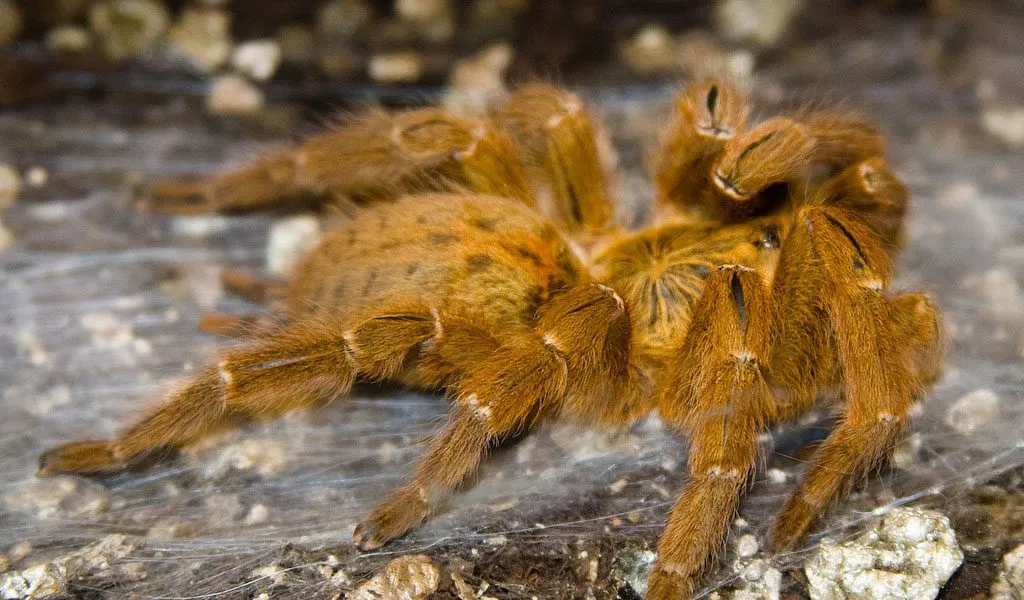
Feeding is a vital aspect of tarantula care, and understanding your spider’s dietary needs is crucial. Tarantulas are carnivorous and primarily eat insects. The frequency and type of food depend on the spider’s age and species. Providing a balanced diet ensures they receive the nutrients they need to grow and thrive. Regular feeding also helps to prevent the spider from becoming overly stressed. Overfeeding can lead to health problems, while underfeeding can hinder growth and overall health. With the proper feeding practices, you will contribute to your tarantula’s health and happiness.
Choosing the Right Food
Tarantulas primarily eat insects. Crickets, mealworms, and roaches are common and easily available options. The size of the insects should be appropriate for the size of your tarantula; the prey should be no larger than the tarantula’s abdomen. Gut-load the insects before feeding them to your tarantula. This means feeding the insects nutritious foods, such as fresh vegetables and fruits, to enrich their nutritional value. Avoid feeding wild-caught insects, as they may carry parasites or pesticides. Offer a variety of insects to ensure a balanced diet. Always remove uneaten food after 24 hours to prevent mold growth and maintain a clean enclosure for the health of your tarantula.
Feeding Frequency and Amount
Feeding frequency depends on the spider’s age and growth stage. Spiderlings (young tarantulas) may need to be fed several times a week, while adult tarantulas can be fed once a week or even less often. Overfeeding can lead to obesity, which can shorten the lifespan of the tarantula. Observe your tarantula’s abdomen; a well-fed tarantula will have a rounded abdomen. Adjust the amount of food based on its appetite and the time since its last molt. Always offer fresh water in a shallow dish and make sure to remove uneaten prey items. Regular monitoring and adjustments in feeding frequency will ensure your tarantula is receiving the proper nutrition to stay healthy and grow.
Handling Your Tarantula Spider Safely
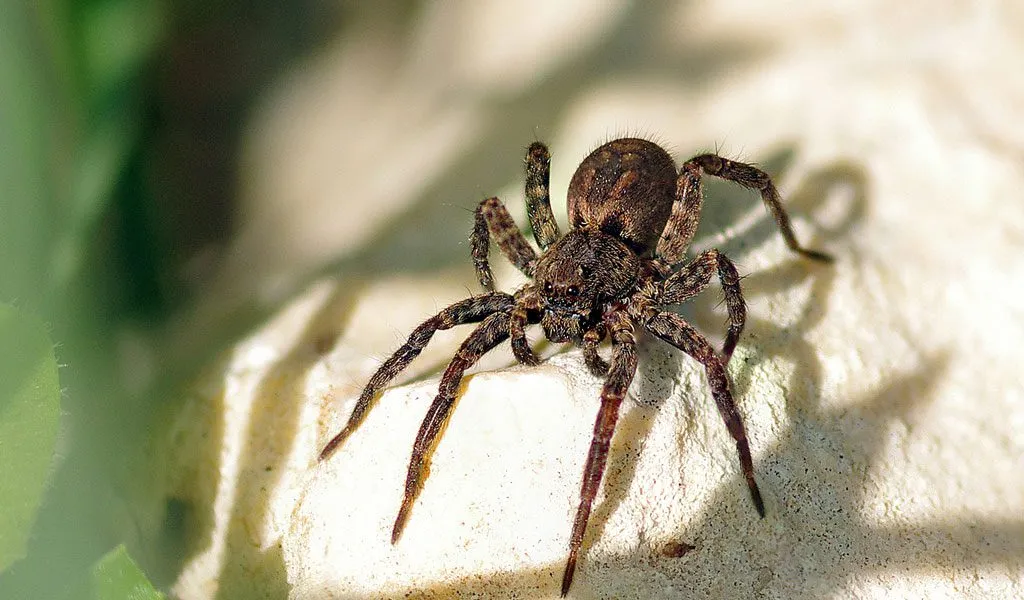
Handling a tarantula can be an exciting experience, but it should always be done with caution and consideration for both the spider and the handler. While most tarantulas are not aggressive, they can bite if they feel threatened. Some species have urticating hairs that can cause irritation. Handling is not necessary for your tarantula’s well-being and can sometimes be stressful for the spider. Always assess the spider’s mood and avoid handling if it seems agitated. When handled, keep the tarantula close to the ground to minimize the risk of injury if it falls. Always wash your hands before and after handling to prevent the spread of bacteria.
Understanding Spider Behavior
Understanding your tarantula’s behavior is crucial for safe handling. Observe your tarantula’s posture and actions to gauge its mood. A tarantula that raises its front legs or bares its fangs is displaying a defensive posture and should be left alone. Rapid movements, hair-flicking, and hissing are also signs of agitation. Before handling, ensure that the spider is calm and not exhibiting any aggressive behaviors. Knowing and recognizing these behaviors will help you predict your tarantula’s reaction to handling and will keep you safe. If the spider seems stressed, leave it alone. Always prioritize the spider’s well-being and safety.
Handling Techniques
If you choose to handle your tarantula, do so gently and slowly. Avoid sudden movements. Encourage the spider to walk onto your hand rather than picking it up. Support the spider from below, ensuring it feels secure. Handle your tarantula over a soft surface, such as a bed or carpet, to minimize the risk of injury if it falls. Never force the spider to move. Always supervise children when they are near the tarantula. After handling, wash your hands thoroughly. Remember that not all tarantulas enjoy being handled, and it’s perfectly acceptable to enjoy your pet from a distance.
Regular Maintenance and Care
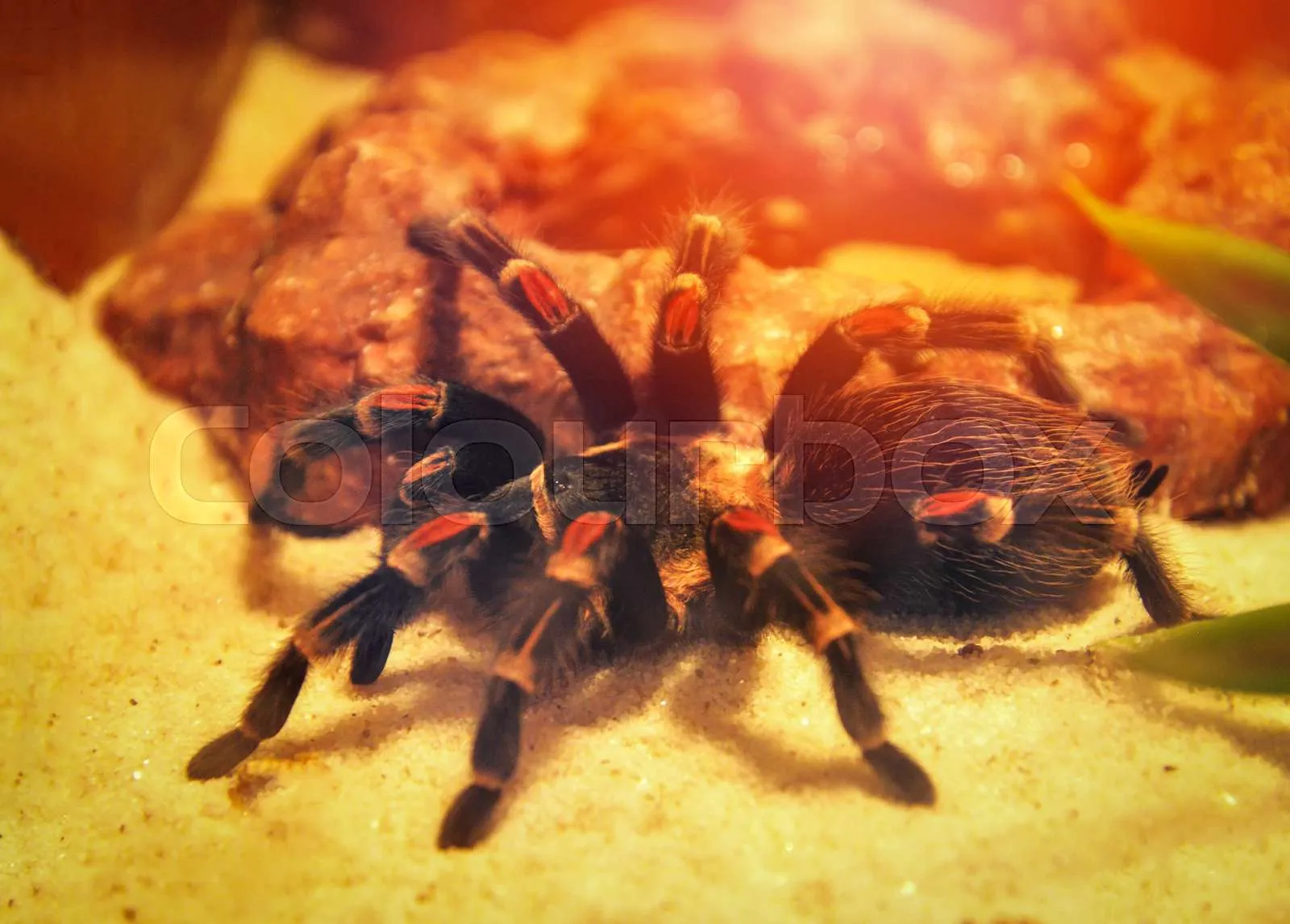
Regular maintenance and care are essential for a healthy tarantula. This includes cleaning the enclosure, monitoring the spider’s health, and providing consistent care. A clean environment minimizes the risk of disease and promotes the well-being of the tarantula. Consistent monitoring can help you identify potential health issues early on. Maintaining a routine care schedule ensures your tarantula receives the attention and support it needs to thrive. Regular maintenance fosters a thriving habitat and also strengthens the bond between the owner and pet.
Cleaning the Enclosure
Regularly clean your tarantula’s enclosure to maintain a healthy environment. Remove any uneaten food, dead insects, and waste regularly, ideally every few days. Spot clean the substrate by removing any visible debris. Complete enclosure cleaning depends on the substrate used. Replace the substrate entirely every few months, or more frequently if needed. Clean the enclosure walls and decorations with warm water and mild soap. Always rinse thoroughly and ensure everything is completely dry before returning it to the enclosure. Regular cleaning prevents the buildup of bacteria and fungi, which can harm your tarantula. A clean enclosure supports a healthy environment, allowing your tarantula to thrive.
Monitoring Health
Regularly monitor your tarantula’s health. Watch for signs of illness, such as lethargy, loss of appetite, or unusual behaviors. Check for any physical abnormalities, such as swelling or discoloration. Monitor the spider’s molting process; issues during molting can be a sign of underlying problems. Ensure your tarantula is receiving enough water by monitoring its water dish. Contact a veterinarian familiar with arachnids if you notice any health concerns. Early detection and intervention are crucial for ensuring the health and longevity of your pet. Vigilant monitoring will enable you to promptly address potential health issues, helping your tarantula live a long, healthy, and fulfilling life.
Enjoying Your Tarantula Spider
Owning a tarantula spider can be an incredibly rewarding experience. Taking the time to understand their unique needs and behaviors is the key to ensuring their well-being. Enjoy watching your tarantula grow and thrive in its environment. Learn about the different species and their unique characteristics. Engage with fellow tarantula enthusiasts and share your experiences. Embrace the opportunity to learn and improve your care-taking skills. The more you know, the more you will enjoy your tarantula, and the more fulfilling the experience will be. Enjoy the amazing creature you’ve become the caregiver of, and appreciate the wonder of tarantulas.
